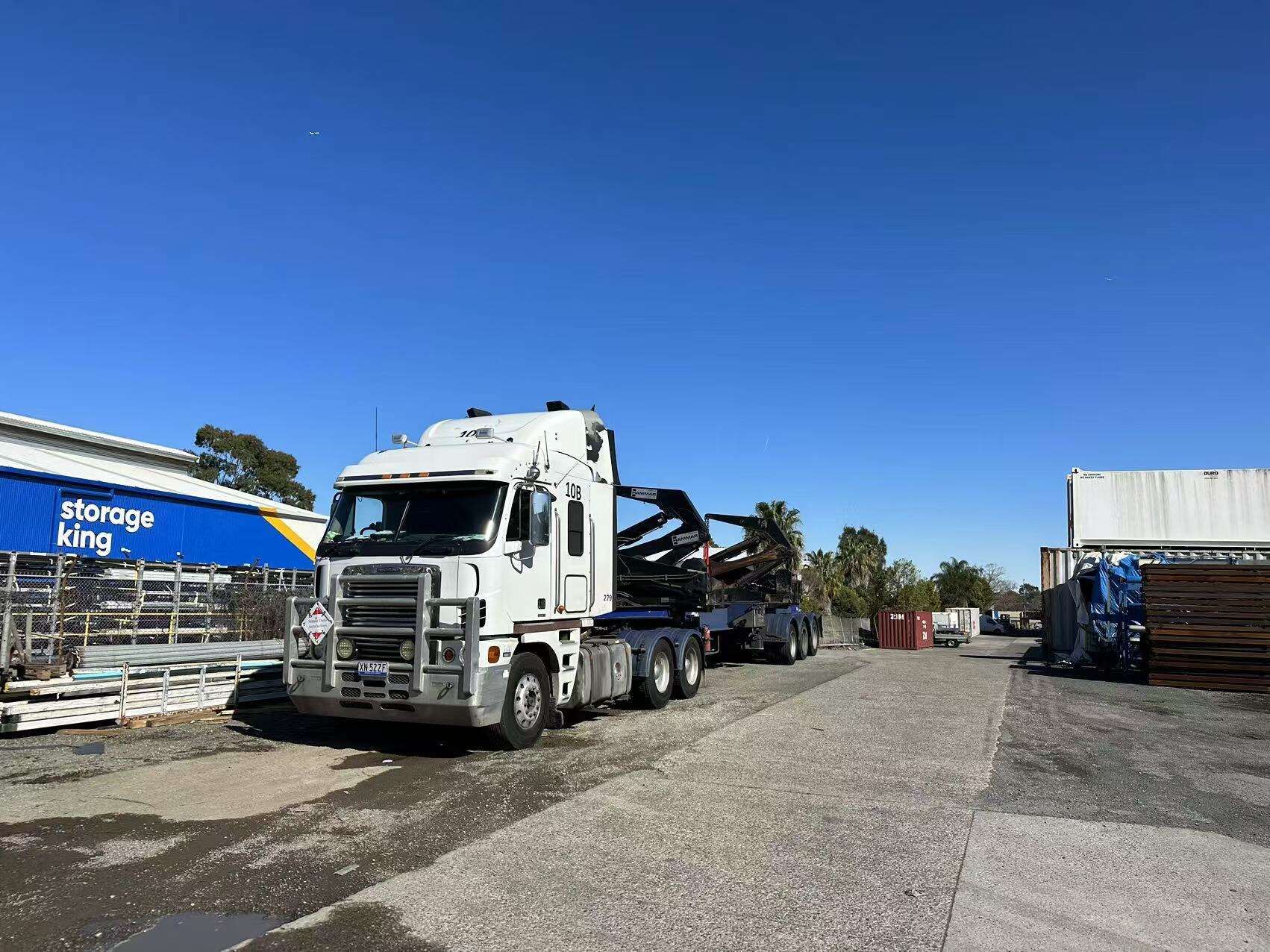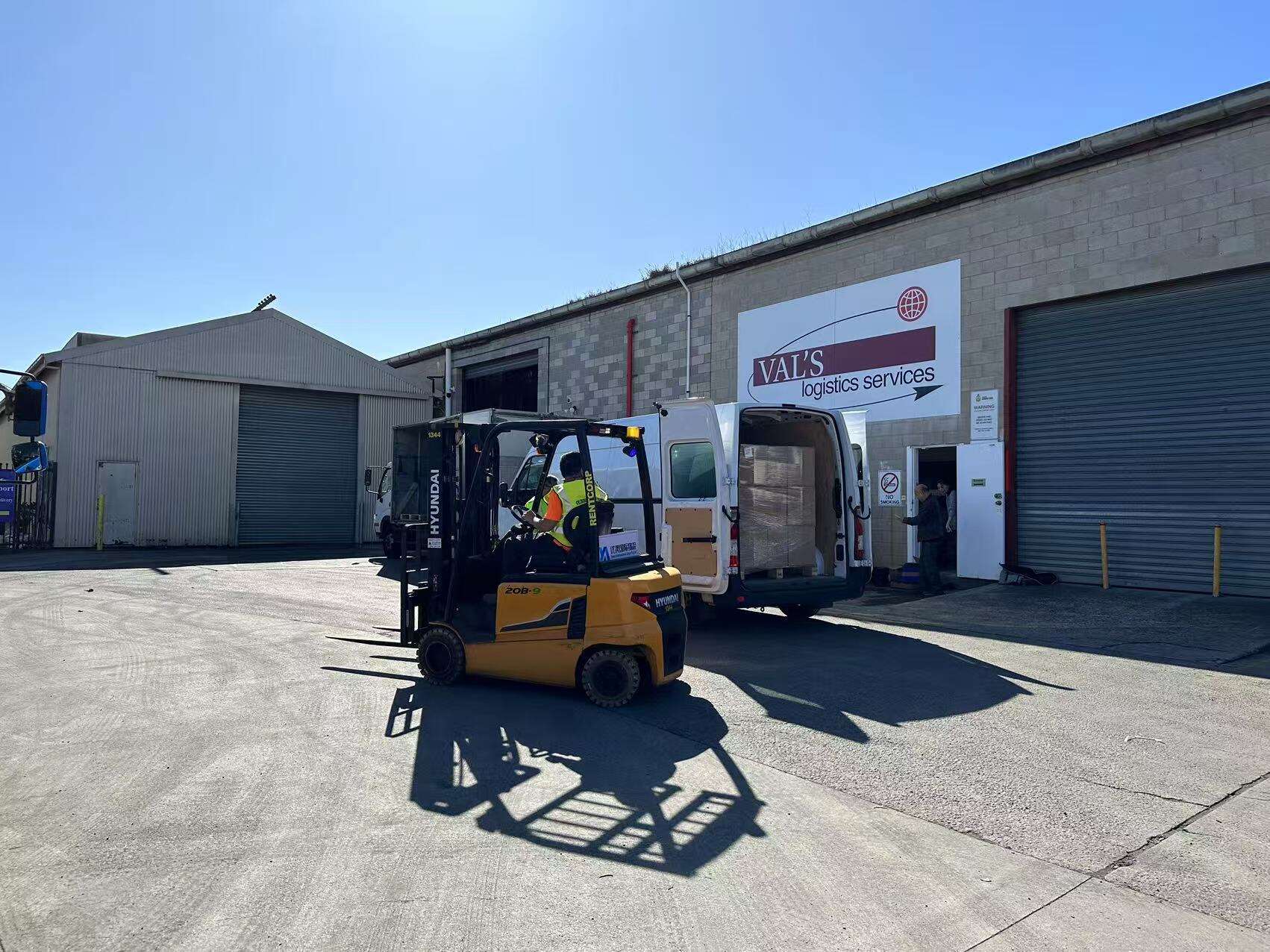E-commerce Growth Driving Freight Shipping Demand
Rise of Cross-Border Online Retail
Global e-commerce has taken off in recent years, growing from around $4.28 trillion back in 2020 to an expected $6.39 trillion by 2024 according to various reports. What does this mean? Simply put, people are buying way more stuff online across different countries than they used to. As companies try to sell products worldwide, there's been a real surge in need for reliable freight shipping options. The problem? Businesses can't just focus on getting packages delivered fast anymore. Customers want things quick AND cheap, which puts pressure on companies to find ways to cut costs while still maintaining delivery speeds. Because of these changing expectations, many e-commerce businesses have started working closely with freight companies to figure out better solutions. While these partnerships help handle some of the headaches involved in international shipping, most operators will tell you it's still a complicated mess trying to keep everything running smoothly across borders.
Impact on Air Freight Capacity Allocation
The explosion in e-commerce has really shaken up air freight operations lately. We're seeing way more packages flying around than ever before, which means planes aren't carrying as much cargo space as they used to. The folks at IATA reported something like a 7.4% jump in air freight demand back in 2021, mostly because people kept ordering stuff online during lockdowns. With all this extra pressure on cargo capacity, the whole industry has had to rethink how they manage their airspace. Airlines and freight companies are now relying heavily on data analysis tools to figure out better routes and allocate cargo space smarter. Some carriers have even started running special flights just for big retailers' holiday orders. This kind of adaptation isn't just nice to have anymore it's becoming essential if companies want to keep up with customers who expect same-day delivery no matter where they live.
Last-Mile Delivery Challenges in Urban Centers
E-commerce is now everywhere in our cities, and this has created some serious headaches for getting packages to customers' doors. More deliveries mean more traffic jams and parking issues across town centers. Did you know that delivering those final few miles actually eats up about half the transportation budget for many businesses? That's why smart companies are starting to test new ways to handle this problem. Some are already using self-driving vans and small delivery drones in places where traffic is always backed up. While these tech solutions definitely help solve space constraints in crowded neighborhoods, they also change how people receive their stuff. Packages arrive faster, sure, but there's still the question of where exactly to leave them when nobody's home.
Digital Transformation in Freight Forwarding Services
AI-Powered Route Optimization Systems
The freight forwarding industry is seeing major changes thanks to AI tech that helps companies figure out better transportation routes on the fly. This means lower expenses and faster service for everyone involved. Research shows that when companies use AI to plan their routes, they can cut down on fuel usage around 20 percent or so. That saves money while being easier on the environment at the same time. Forwarders who adopt these smart systems get access to massive amounts of data about traffic patterns, weather conditions, and historical performance metrics. They can spot potential delays before they happen and reroute shipments automatically. What makes this particularly interesting is how it's reshaping what we think about green logistics. With smarter routing comes less wasted resources overall, making the whole supply chain greener without sacrificing delivery speed.
Blockchain Integration for Supply Chain Transparency
The blockchain tech has really changed how transparent supply chains can be. It works as this decentralized ledger system where everyone involved can see every transaction recorded, which builds trust between all parties in the supply chain network. With such visibility, businesses can actually track goods from factory floor to customer doorstep without any gaps in information. This makes it easier to hold suppliers accountable and cuts down on shady practices throughout the entire process. The Global Supply Chain Forum did some research recently and found around two thirds of those working in supply chain management think blockchain will make a big difference in logistics operations within the next few years. Freight forwarders who adopt this technology might find their day to day operations become smoother since they'll have better visibility into shipments. But getting all these different players on board with the same system remains a challenge for many companies trying to implement blockchain solutions.
IoT-Enabled Cold Chain Monitoring Solutions
Internet of Things devices are becoming essential for keeping perishable items safe while they travel from point A to B. These smart gadgets track temperature changes and humidity levels in real time throughout the journey. According to research, when companies use IoT tech in their shipping operations, they waste about 30% less food that would otherwise spoil during transport. Meat, dairy products, and fresh fruits are particularly sensitive to temperature fluctuations. Logistics firms that adopt this technology not only comply with food safety regulations but also satisfy customers who want assurance their goods arrived in good condition. The integration of such monitoring systems helps shippers avoid costly losses, minimizes risks associated with damaged cargo, and ultimately makes the entire transportation process much more dependable for everyone involved in the supply chain.
Regional Dynamics in Cargo Transportation Networks
North America's Dominance in Tech-Driven Logistics
The logistics sector in North America remains ahead of the curve thanks largely to technological progress and automation developments across the continent. According to the Logistics Management Report from 2020, the US alone saw its logistics market reach around $1.64 trillion, and most experts believe this number will keep climbing as new tech emerges. Companies are increasingly turning to AI systems and automated processes to make freight movement smarter and operations run smoother day after day. Both American and Canadian freight forwarders have started pouring money into these innovations lately, trying to boost their supply chains while keeping up with all the extra orders coming from online shopping. What we're seeing now isn't just better delivery times though it's positioning the entire North American market as something seriously competitive on world stage when it comes to moving goods efficiently.
Asia-Pacific's E-commerce Fueled Infrastructure Expansion
Logistics infrastructure across the Asia-Pacific is booming right now, mostly because e-commerce keeps growing faster than anyone expected. Market forecasts show the logistics sector there could hit around $4 trillion by 2027, which means companies need better freight forwarding solutions than ever before. China and India lead the charge, pouring money into new port facilities and railway expansions to keep up with all these online orders. These big investments help handle the growing demand while keeping goods moving efficiently through the supply chain. As countries continue building out their transportation networks, they're not just handling more cargo volume but also solidifying the region's position as one of the world's top logistics hubs.
Europe's Push for Sustainable Freight Corridors
Europe stands at the forefront when it comes to developing sustainable freight corridors designed to cut down carbon emissions while making supply chains work better. The EU set ambitious targets back in 2021 aiming for a 90 percent drop in transport emissions by mid century, something that has logistics firms scrambling to find new ways forward. Rail freight gets special attention alongside multimodal options like combining truck and rail transport, creating cleaner routes throughout the continent. Companies aren't just reacting to climate concerns either these changes actually help streamline operations and save money in the long run through improved efficiency. Looking ahead, many European nations continue experimenting with various green initiatives, from electric trucks piloted in Germany to solar powered warehouses popping up across France, showing how serious they are about transforming their supply chain infrastructure.
Emerging Trends in International Freight Management
Multi-Modal Transportation Strategies
Businesses benefit from multi modal transportation approaches because they can mix and match different transport options to get better results in terms of both time spent moving goods and money spent on shipping. With freight volumes going through the roof these days, having multiple transportation options just makes sense for companies trying to keep their supply chains running smoothly. Research indicates that when companies adopt this mixed mode strategy, delivery times often drop around 30 percent. That kind of improvement gives businesses much needed flexibility when dealing with unexpected changes in demand or disruptions along the way. Companies that combine rail, truck, and sometimes even water transport find themselves better equipped to handle surges in shipping requests without breaking a sweat.
Dynamic Pricing Models for Capacity Optimization
The freight industry has changed quite a bit since dynamic pricing came into play. These pricing models basically match what companies charge with what's happening in the market right now - things like how busy everyone is, available truck space, and overall economic trends. When companies adopt this approach, they tend to see better results because they're not stuck charging the same rate no matter what. Freight businesses can actually plan better when prices adjust automatically. This works especially well around busy times of year when shipping volumes jump up suddenly. Shippers get some protection against wild swings in demand without having to guess at what rates should be. Looking ahead, as logistics keeps changing shape, smart pricing strategies remain pretty important for making sure trucks aren't sitting empty while others struggle to find enough cargo.
Customs Automation in Global Trade Routes
Customs automation has become a key part of making global trade routes work better, helping international freight move faster and smoother through ports around the world. According to recent trade data, automated processes can slash customs clearance times nearly in half, which makes a big difference in how efficiently goods get from one country to another. When businesses implement these automated systems, they actually find it easier to follow all those complicated rules that vary between different countries, something that traditional methods just couldn't handle as well. For freight forwarders dealing with multiple international shipments every day, this kind of system isn't just helpful anymore it's practically necessary. Companies adopting customs automation see real improvements in their daily operations while also opening up new opportunities for expanding their business into foreign markets.
Sustainable Practices Reshaping Global Logistics
Decarbonization Initiatives in Ocean Freight
Shipping companies around the world are really stepping up their game when it comes to cutting carbon emissions, since roughly 9 out of 10 goods still travel across oceans today. International groups have pushed for some serious goals lately, wanting ships to cut down on harmful gases by half before mid-century. We're already seeing changes happen fast these days. Some vessels now run on cleaner fuels like ammonia or hydrogen, while others feature redesigned hulls that slice through water with less resistance. The maritime sector knows they need to adapt quickly if they want to keep doing business without wrecking the planet further along the way.
Electric Vehicle Adoption for Urban Distribution
More and more electric vehicles are making their way into city delivery routes as logistics companies try to green up their operations. Some studies show that switching to EVs could slash emissions from urban deliveries by around 70 percent compared to regular diesel trucks. Governments across Europe and North America have been offering incentives for cleaner tech, which explains why we're seeing so many delivery firms invest in electric vans these days. The real value comes from cutting pollution during those final miles when packages get dropped off at customers' doors, something that fits well with broader industry goals around sustainability and reducing carbon footprints over time.
Carbon-Neutral Packaging Solutions
The logistics sector is seeing a big move toward carbon neutral packaging these days, mainly because customers want greener options. Studies show packaging alone accounts for roughly 30 percent of all emissions across supply chains, so this aspect has become a major concern for logistics firms. Companies are now switching to materials like biodegradable plastics and incorporating more recycled content into their packaging designs. The change tackles what consumers care about while fitting into broader sustainability targets for supply chains. Logistics businesses adopting these practices aren't just responding to market pressure they're actually helping cut down on carbon emissions throughout freight operations and transport networks.
FAQ Section
What is driving the increase in e-commerce freight shipping demand?
The substantial growth in global e-commerce activities and cross-border retail expansion is driving the demand for dependable freight shipping services, requiring faster and more cost-effective delivery methods.
How has e-commerce impacted air freight demand?
The e-commerce boom has led to a significant increase in air freight demand, prompting airlines to utilize data analytics for optimizing routing and capacity allocation to meet the sector's needs.
What are some innovations being used to tackle last-mile delivery challenges?
Companies are exploring revolutionary approaches like deploying autonomous delivery vehicles and drones to efficiently address last-mile delivery challenges in urban sectors, enhancing customer experiences.
How does AI contribute to freight forwarding efficiency?
AI-powered systems transform freight forwarding by optimizing transportation routes in real-time, decreasing fuel consumption, and ensuring timely deliveries while promoting sustainability.
How does blockchain technology improve supply chain transparency?
Blockchain provides a decentralized platform for recording transactions, improving accountability and traceability along the supply chain, thereby strengthening stakeholder trust and reducing fraud risks.
What role do IoT devices play in cold chain monitoring?
IoT-enabled solutions offer real-time tracking of temperature and humidity levels during the transit of perishable goods, maintaining quality and reducing spoilage, thus enhancing reliability.
Table of Contents
-
E-commerce Growth Driving Freight Shipping Demand
- Rise of Cross-Border Online Retail
- Impact on Air Freight Capacity Allocation
- Last-Mile Delivery Challenges in Urban Centers
- Digital Transformation in Freight Forwarding Services
- AI-Powered Route Optimization Systems
- Blockchain Integration for Supply Chain Transparency
- IoT-Enabled Cold Chain Monitoring Solutions
- Regional Dynamics in Cargo Transportation Networks
- North America's Dominance in Tech-Driven Logistics
- Asia-Pacific's E-commerce Fueled Infrastructure Expansion
- Europe's Push for Sustainable Freight Corridors
- Emerging Trends in International Freight Management
- Multi-Modal Transportation Strategies
- Dynamic Pricing Models for Capacity Optimization
- Customs Automation in Global Trade Routes
- Sustainable Practices Reshaping Global Logistics
- Decarbonization Initiatives in Ocean Freight
- Electric Vehicle Adoption for Urban Distribution
- Carbon-Neutral Packaging Solutions
-
FAQ Section
- What is driving the increase in e-commerce freight shipping demand?
- How has e-commerce impacted air freight demand?
- What are some innovations being used to tackle last-mile delivery challenges?
- How does AI contribute to freight forwarding efficiency?
- How does blockchain technology improve supply chain transparency?
- What role do IoT devices play in cold chain monitoring?




